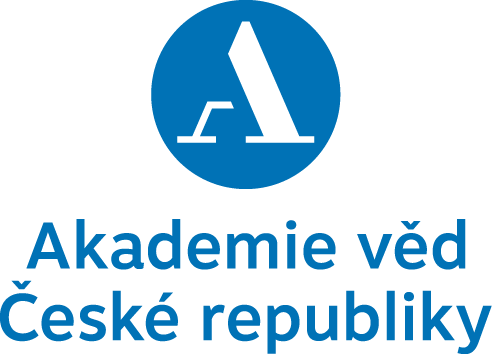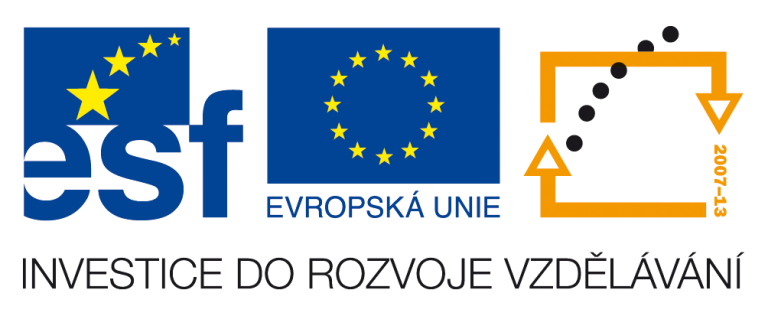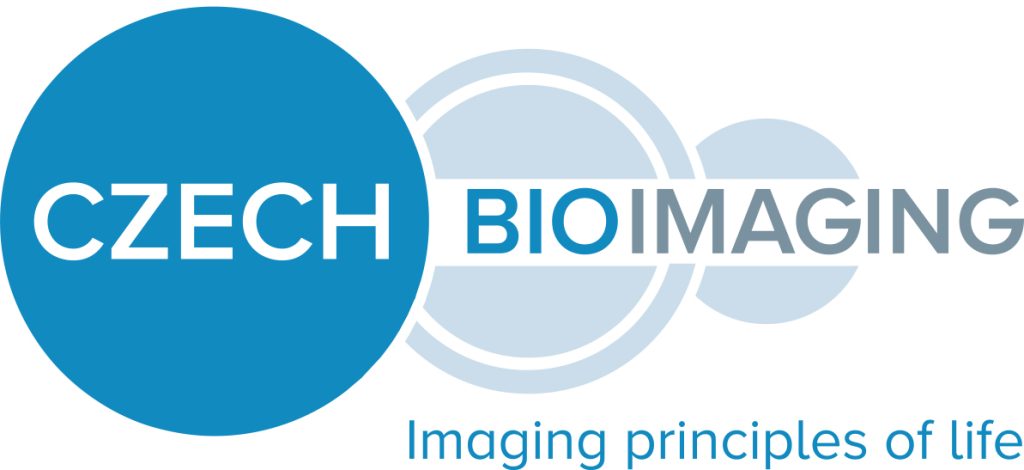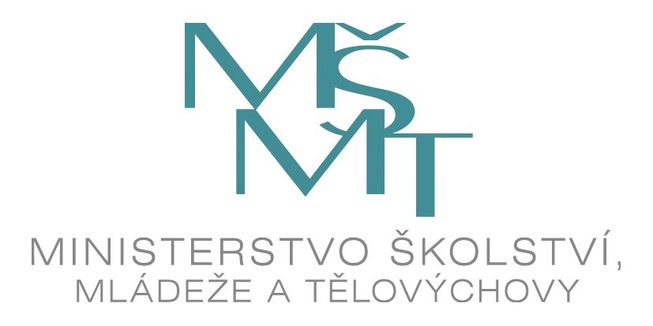In the project focused on human cognitive functions we are studying spatial orientation, strategies used during navigation and the character of spatial representations in the human mind.
In this respect we are also interested in impairment of these abilities in neurological diseases, as the Alzheimer’s disease or schizophrenia. In a great extent we utilize the human analogies developed for experimental animals, mainly rats, which enable us comparison and interconnection of the results obtained in human subjects and animals. In the same vein it is possible to compare the performance impairment in these tests in neurology patients with animal models of brain diseases.
In our experiments we are currently interested in several problems, focused on basic as well as applied research.
- Do humans in environments with its parts dissociated by movement, like on a carousel, create independent cognitive maps of both parts of space?
- How do the landmarks in analogies of Morris water maze differ in their importance for navigation?
- During navigation in space without vision, do we create representation of the environment independent on our actual position?
In patients suffering from mild cognitive impairment and Alzheimer’s disease we are focusing on differences in impairment of various spatial abilities and their possible usage in early diagnostics. In schizophrenia patients we are interested in the extent on their cognitive impairment, mainly in the field of spatial working memory. Finally, we are also pursuing human episodic memory, association between its non-verbal and verbal forms and changes in its components in aging and neurological patients.
For the spatial navigation research in human we use both real space and virtual environments. In real space experiments, we use the Blue Velvet Arena, which is a circular tent, 3 meters in diameter, situated currently in the Teaching Hospital Motol. This apparatus enables to study the landmarks usage, by switching them on and off, and also detailed recording of the subject trajectory during the navigation. Larger and more variable environments are possible to design in virtual reality. We use an environment of the commercial game Unreal Tournament, which is controlled and from which information is collected by a tool SpaNav, working with simple user scripts. Virtual reality, unlike real space, enables us to use large and complex environments, more detailed events recording as well as tracking of eye movements or brain activity using EEG or fMRI. It lacks however an important component of navigation – real motor movement through space and associated vestibular information.

We collaborate extensively with colleagues from Prague Psychiatric Center, Teaching Hospital Motol, Faculty of Mathematics and Physics and Psychology Institute AS CR in Prague.









